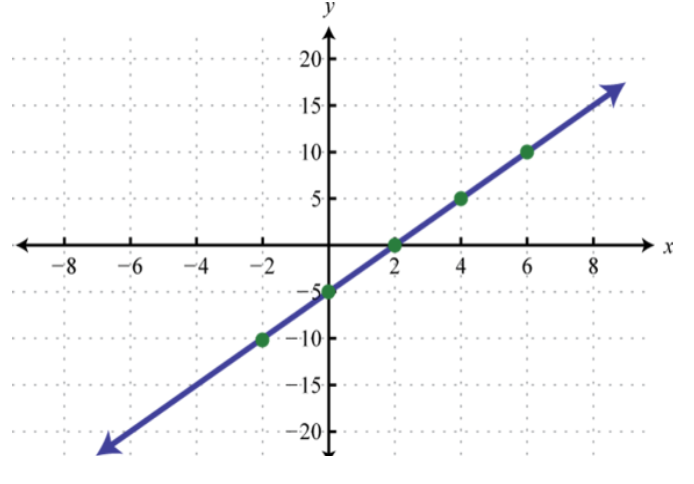A line and a line segment are basic geometric shapes in math. A line stretches infinitely in both directions without any stops. It goes on forever and doesn't have a specific length. On the other hand, a line segment is a part of a line that has two definite endpoints. It's limited in length because it only goes from one endpoint to the other.
In summary, a line is endless and doesn't have a length, while a line segment is a piece of a line with two ends and a specific length.
Also Check: 4X4 Matrix Determinant | Determinant of Matrix | Determinants and Matrices | Diffrence Between Circle and Sphere
Definition of Line
A line is a straight, infinitely long path that goes in two opposite directions forever. It's made up of countless points, where any two points can uniquely define the line. You can draw a line on a graph using equations like y = mx + b or by marking two points. In geometry, lines are fundamental for studying shapes and how points relate to them. They're flat, with no thickness or width.
Definition of Line Segment
A line segment is a part of a line that has two endpoints. Unlike a line, it's a finite length with a clear start and finish. Line segments show the distance between two points and can be drawn on a graph by connecting those points with a straight line. In geometry, they're used to study angles, parallel lines, and shapes. Line segments help create more complex figures.
Diffrence Between area and Volume | Diffrence Between Cube and Cuboid
Graphical representation of line
To draw a line on a graph, we use a coordinate plane. This plane has two perpendicular lines: the x-axis and y-axis, dividing it into four parts called quadrants. Each point on this plane has coordinates (x, y).
To graph a line, we use an equation like y = mx + b. Here, m is the slope of the line, which tells us how steep the line is and which way it goes. The b in the equation is the y-intercept, which is where the line crosses the y-axis.
To draw the line, we start by plotting the y-intercept on the graph. Then, using the slope, we find another point on the line. By connecting these points with a straight line, we can graphically represent the line on the coordinate plane.

Diffrence Between fractional and Rational Number
Graphical representation of line
To show a line segment on a graph, we use a coordinate plane. This plane has two lines crossing each other, called the x-axis and y-axis, dividing it into four parts. Every point on this plane has a unique pair of numbers, called coordinates, which show its position.
To draw a line segment on this graph, we start by knowing its two ends, or endpoints. These endpoints are two specific points on the line. We then draw a straight line between these two points on the coordinate plane. By marking the x and y coordinates of these endpoints and connecting them with a straight line, we can show the line segment accurately on the graph.

In summary, a line segment can be graphically represented on a coordinate plane by connecting its two endpoints with a straight line.
Difference Between Line and Line Segment
A line is a theoretical concept that represents an infinite straight path, while a line segment is a real, physical representation of a portion of that path with defined endpoints and length.
Here is some differences between a line and a line segment in mathematics:
|
|
|
|
|
|
|
|
|
|
|
|
|
|
|
In summary, a line is a one-dimensional object that extends infinitely in both directions, while a line segment is a portion of a line with definite length and endpoints.
Frequently Asked Questions
In geometry, a line segment is a piece of a straight line. It starts at one point and ends at another, with every point in between also being on the line. It's like a straight piece of string with no curves. The length of a line segment is just how far it is from one end to the other, measured in a straight line.
A line is a straight path on a flat surface that goes on forever in both directions without stopping. A line segment is a part of a line that has two endpoints and has a specific length.
A square's each side is formed by straight line parts called line segments. Line segments are also seen in everyday things. For instance, a ruler's side is straight with clear endpoints.
What is a line, line segment, and ray? A line is a straight path that goes on forever in both directions. It has no endpoints. A ray starts at one endpoint and goes on forever in one direction. A line segment is a part of a line that has two endpoints.